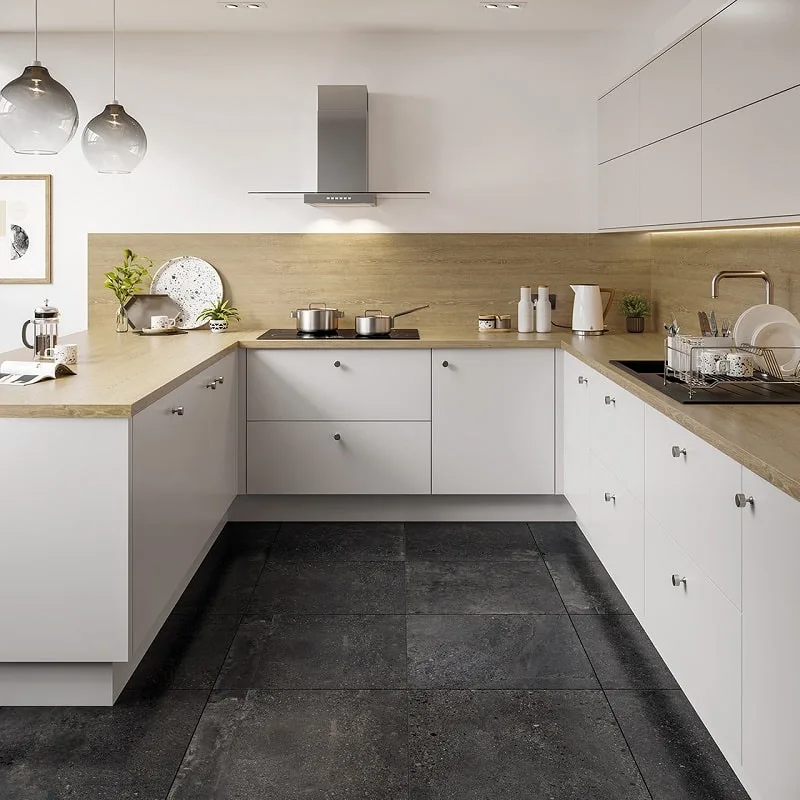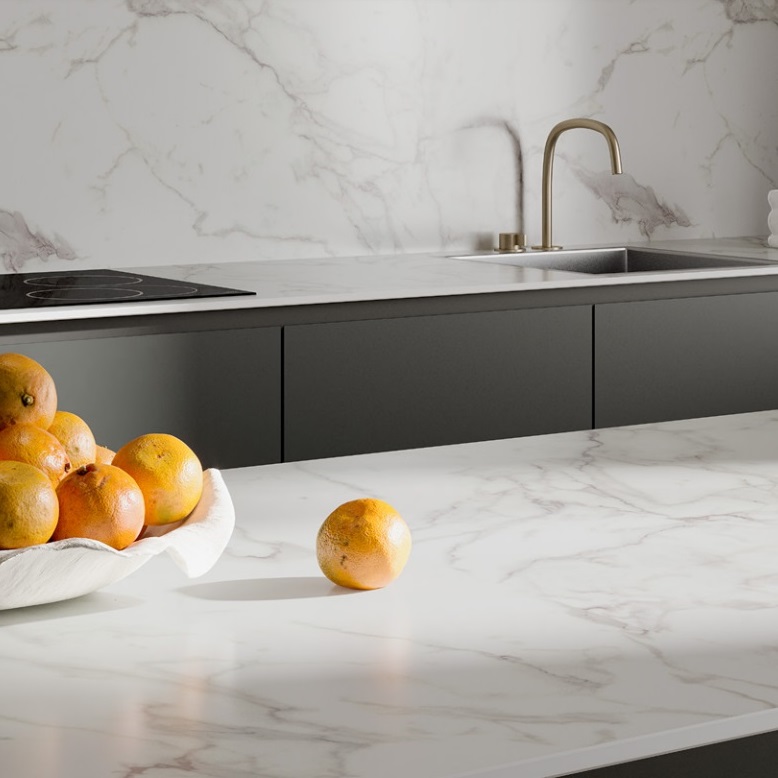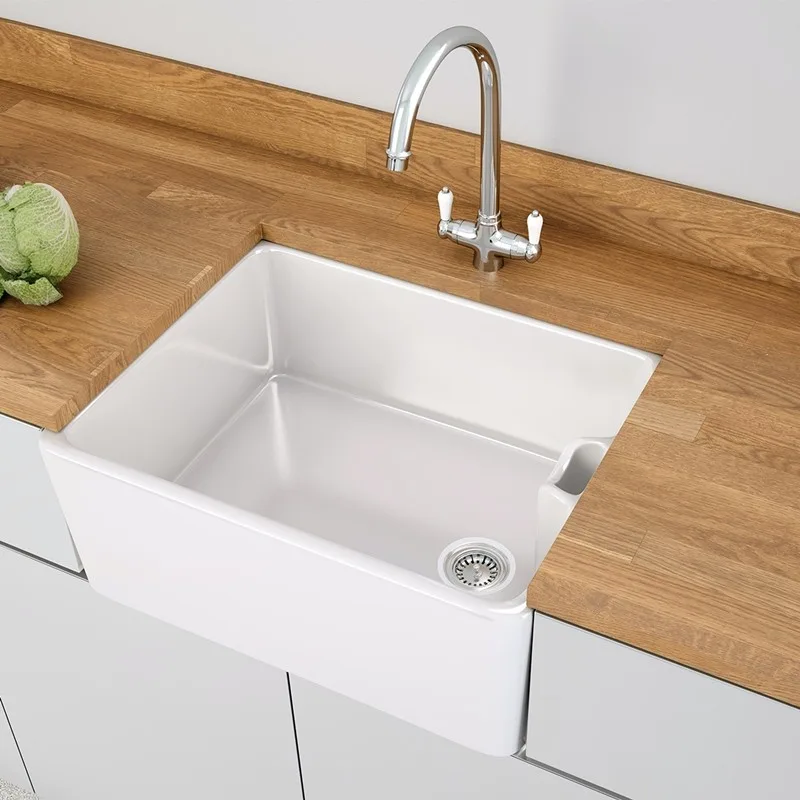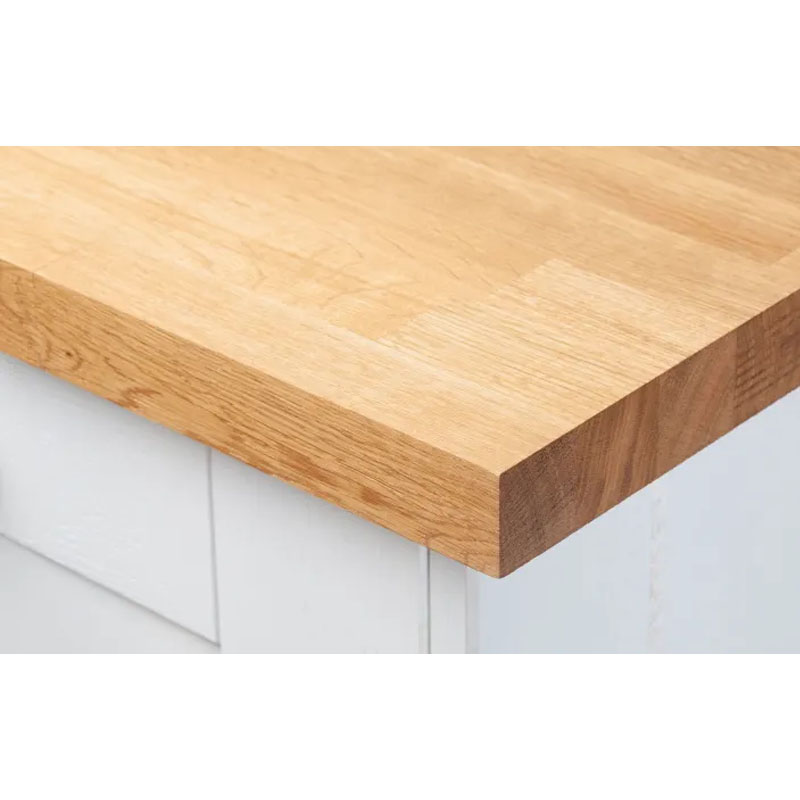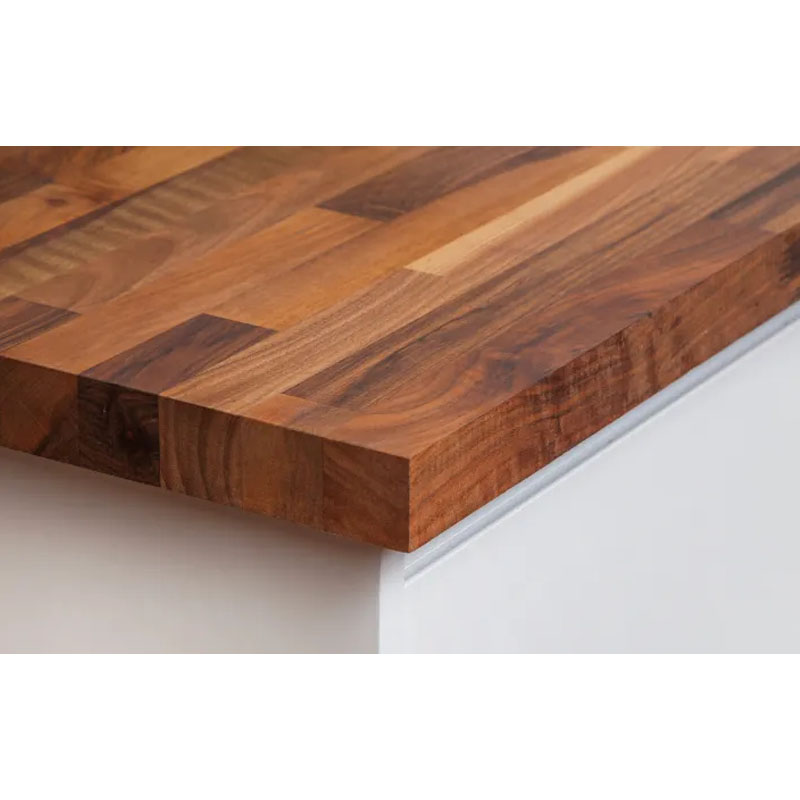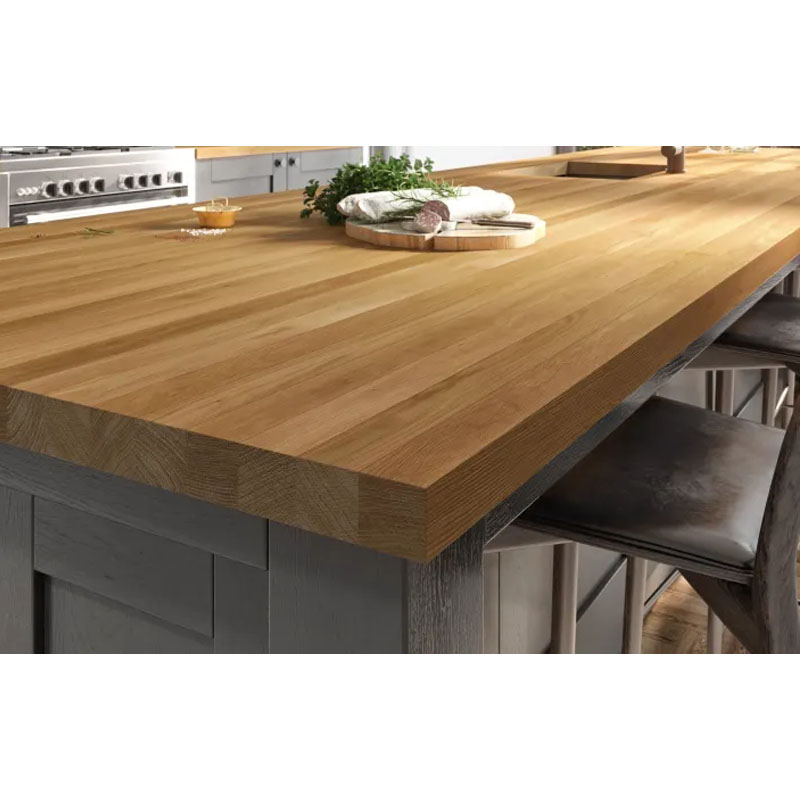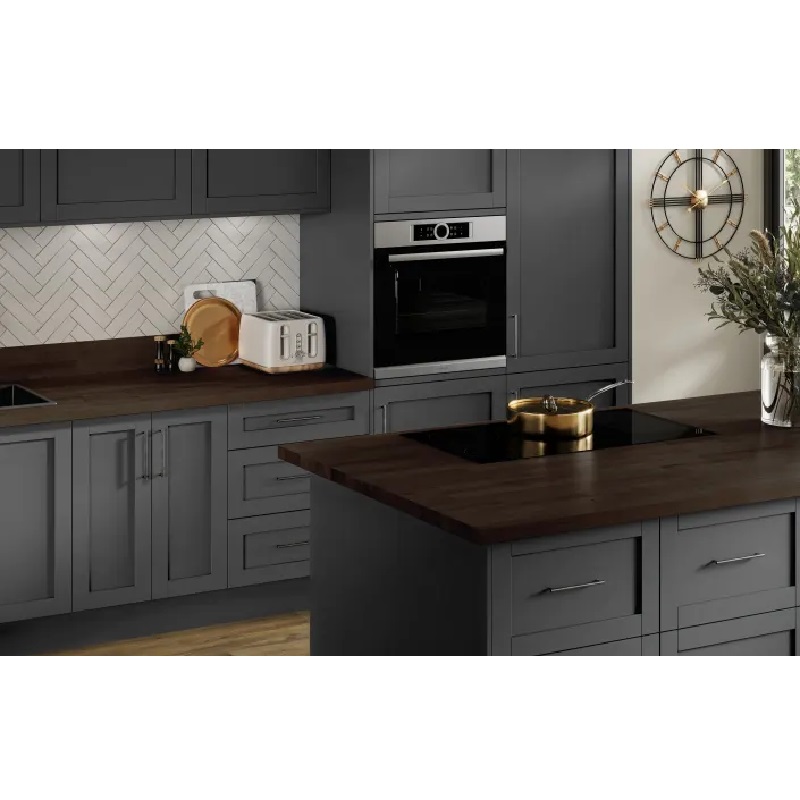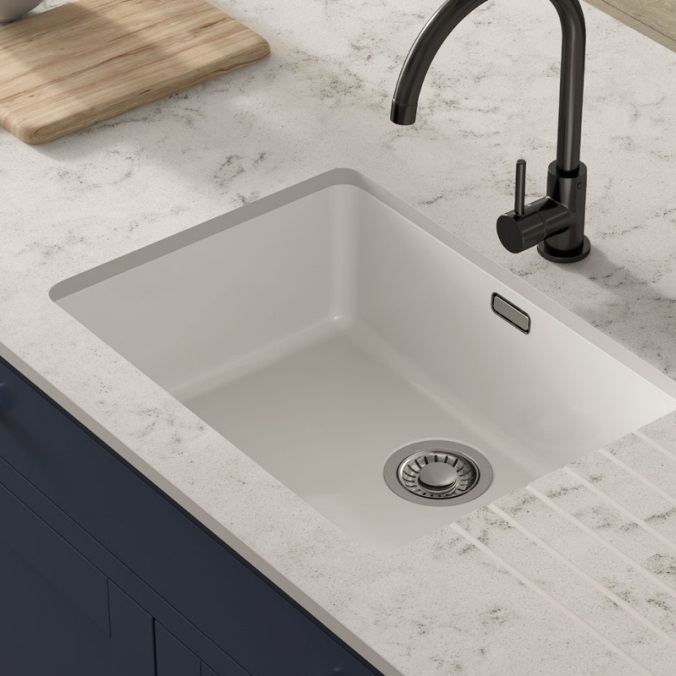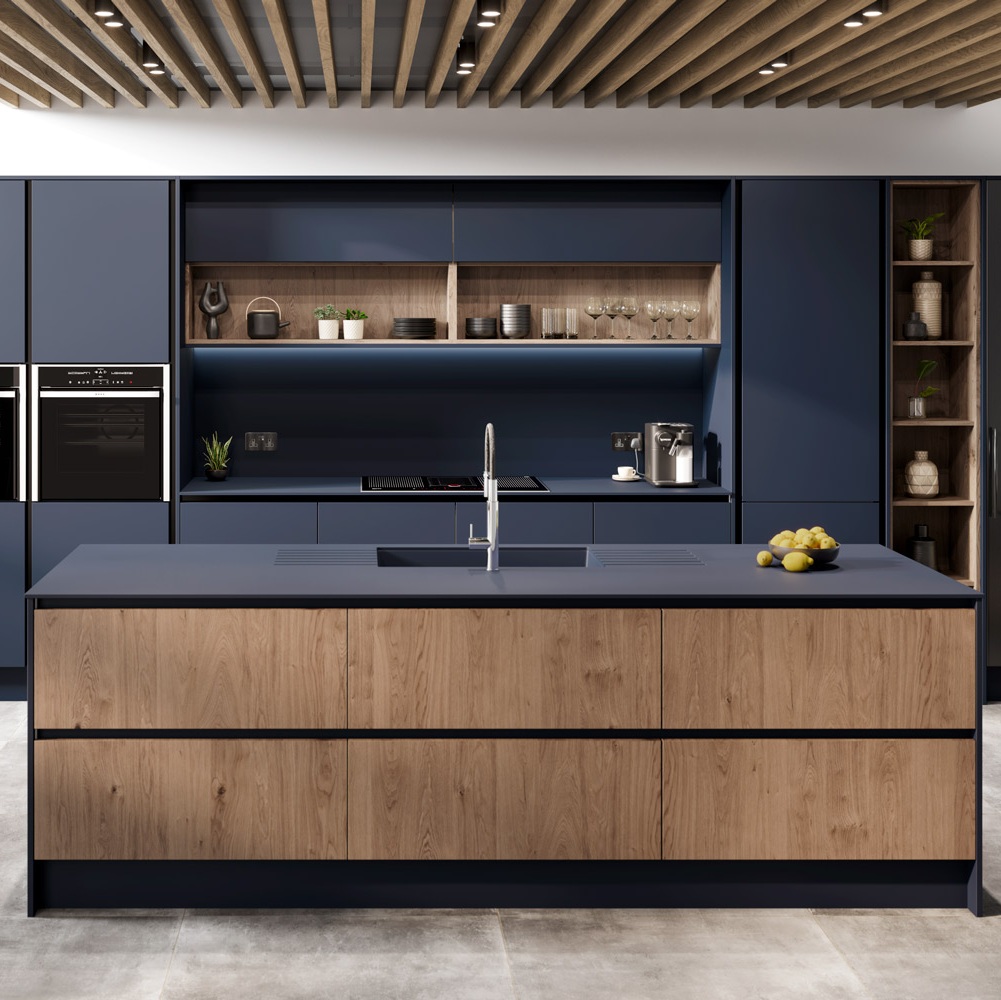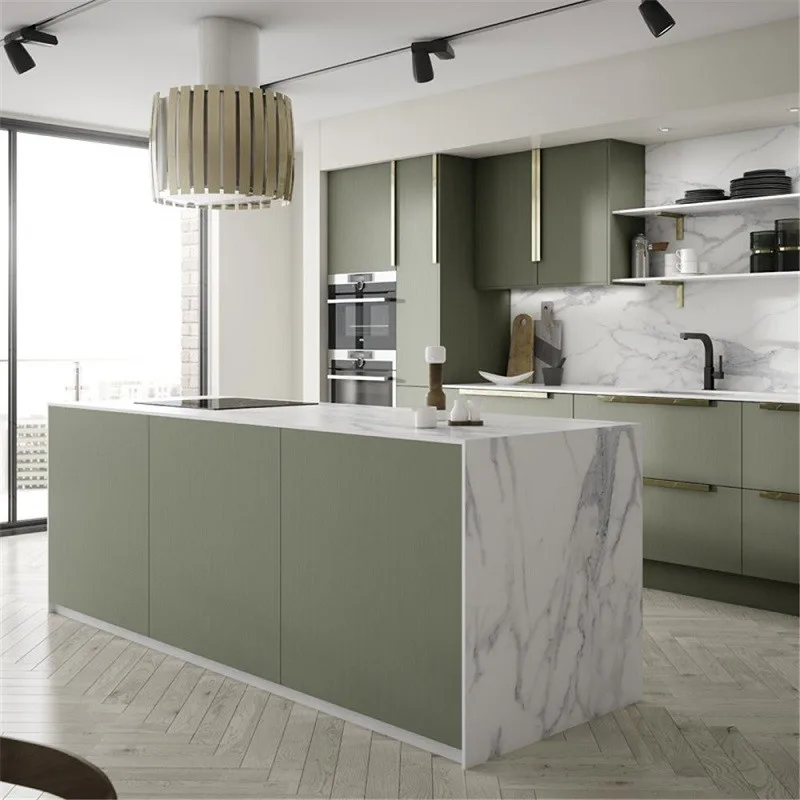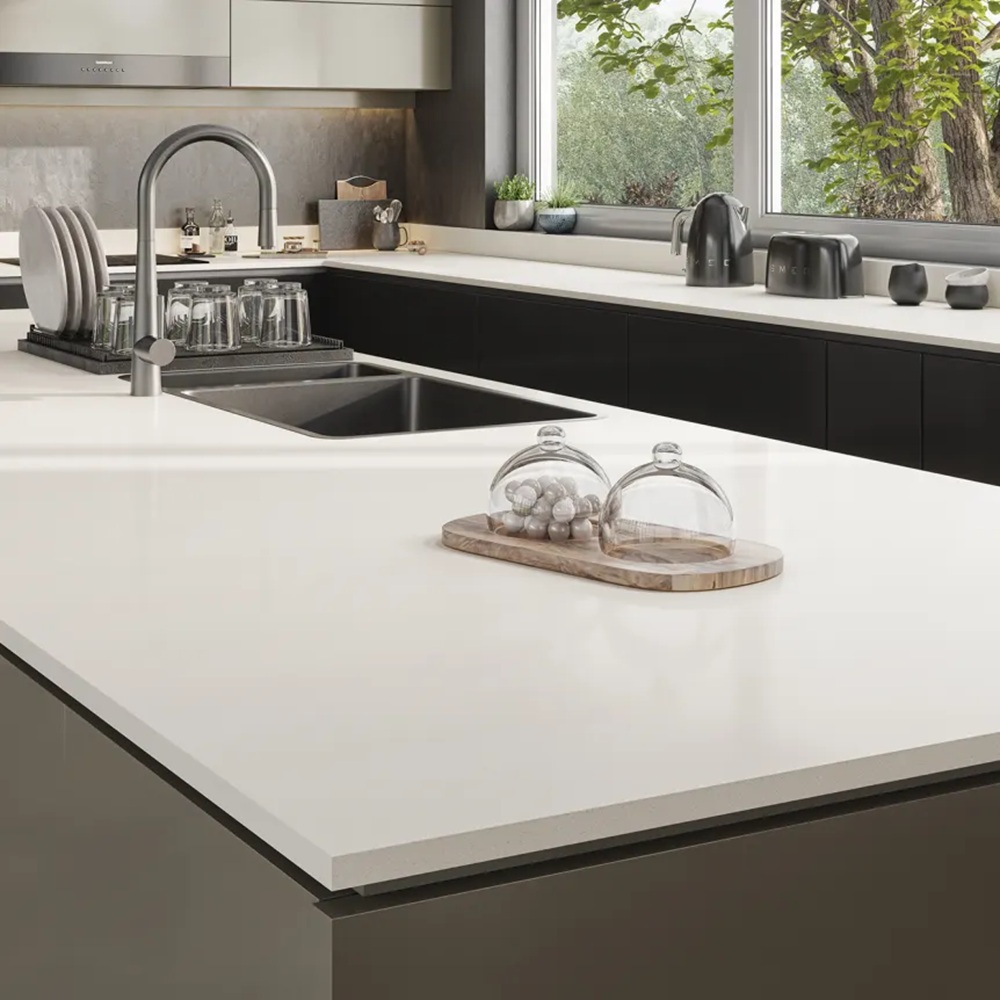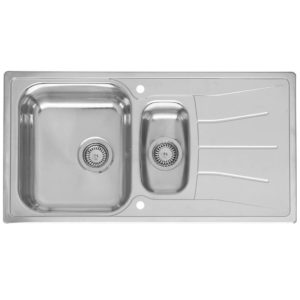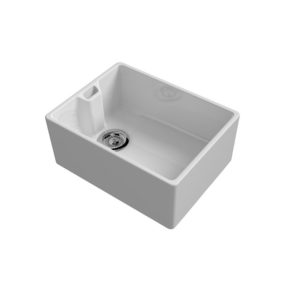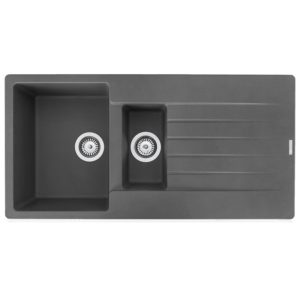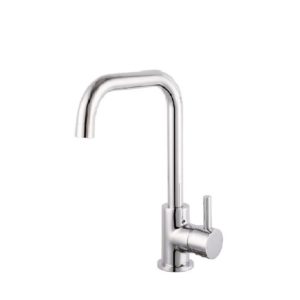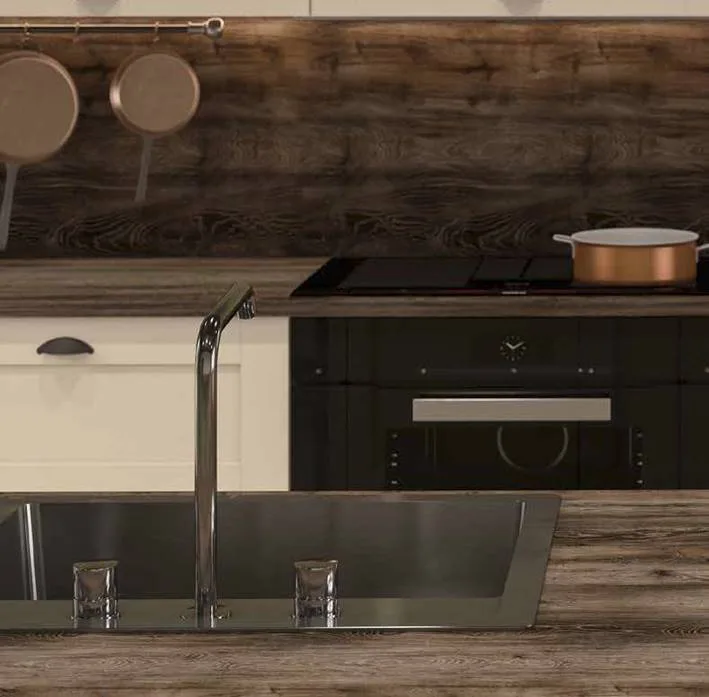Help and Advice, How To
Installing Kitchen Splashbacks: A Step-by-Step Guide
Aluminium splashbacks have become a popular choice in modern kitchens due to their combination of functionality and style. Known for their durability, heat resistance, and sleek, contemporary look, aluminium splashbacks are perfect for adding a polished finish to your cooking space. However, the key to a long-lasting and visually appealing splashback lies in proper installation. This guide covers all you need to know about planning, preparing, and installing an aluminium splashback for the perfect result.
Benefits of Aluminium Splashbacks
Choosing an aluminium splashback offers several distinct advantages:
– Durability: Aluminium is tough, scratch-resistant, and built to withstand the demands of a busy kitchen.
– Heat Resistance: This material is ideal for areas behind hobs, as it handles high temperatures well.
– Easy to Clean: With a smooth surface, aluminium splashbacks are simple to wipe clean, resisting stains and grime build-up.
– Sleek Aesthetic: Aluminium’s modern look pairs well with both contemporary and classic kitchen designs.
However, even the best materials require careful installation to ensure they perform well and retain their aesthetic over time.
Planning and Preparation
A flawless installation begins with careful planning.
Accurate Measurements and Planning
Before you start, take precise measurements of the wall area where the splashback will be installed. Planning ahead prevents misalignment and the need for last-minute adjustments, ensuring a snug and seamless fit.
Tools and Materials Needed:
– Drill and Screws: For secure fixing, particularly if using the screw method
– Silicone Adhesive: Suitable for bonding aluminium to wall surfaces
– Sealant: To create a waterproof seal around edges
– Spirit Level: To ensure the splashback is level
– Tape Measure: For accurate measurements
– Cleaning Supplies: Rubbing alcohol or mild cleaner for wall preparation
Professional Tip: Have a soft cloth or sponge handy to wipe away any adhesive or sealant that may spread to visible areas.
Preparing the Wall
A clean, smooth wall is essential for a strong bond and a professional look.
- Clean the Surface: Remove any grease, dust, or residue using a gentle cleanser. This step ensures the adhesive sticks properly.
- Remove Wallpaper or Paint Flakes: Any loose paint or wallpaper can compromise the adhesion.
- Repair Imperfections: Fill in cracks or dents, as these can affect the final fit. Allow repairs to dry completely.
- Dry the Wall: Ensure the wall is completely dry before proceeding with installation.
Professional Tip: A common mistake is to skip the cleaning stage, but even minor residues can prevent the adhesive from bonding well.
Measuring and Cutting (if necessary)
While some splashbacks come pre-cut, you may need to trim yours for a precise fit.
Measuring for Accuracy
Use a tape measure to verify the dimensions of your wall area, especially in kitchens with uneven surfaces. Measure twice to confirm, then transfer these measurements to the splashback if cutting is required.
Cutting Aluminium
If trimming is necessary, use a fine-tooth blade on a jigsaw or circular saw designed for cutting metal. For smaller adjustments, a hand file can help smooth rough edges. Always wear protective gloves and safety goggles.
Professional Tip: Masking tape along the cutting line can help prevent scratches and give a cleaner edge.
Installing the Splashback
There are two main installation methods: the Direct Adhesion Method and the Screw Fixing Method. Choose based on your splashback’s design and your wall’s surface type.
Direct Adhesion Method
- Apply Silicone Adhesive: Spread an even layer of adhesive onto the back of the splashback or the wall. Use a zigzag pattern to ensure full coverage.
- Position Carefully: Line up the splashback with your markings and press firmly against the wall. Start from one edge and move to the other to avoid trapping air.
- Hold in Place: Hold the splashback in position for a few moments to ensure it bonds securely.
Professional Tip: For larger splashbacks, consider using temporary supports or clamps to hold it in place until the adhesive sets.
Screw Fixing Method (if applicable)
- Mark Drill Points: Align the pre-drilled holes in the splashback with the wall. Mark these points with a pencil.
- Drill Holes: Using a drill and an appropriate bit for your wall type, make holes at the marked points. Insert wall plugs if necessary.
- Screw in Place: Fix the splashback to the wall using screws, ensuring it remains level as you tighten.
Professional Tip: Over-tightening screws can warp the splashback, so tighten gently to avoid damaging the metal.
Sealing and Finishing Touches
To protect your splashback from moisture and enhance its appearance, follow these final steps:
- Seal the Edges: Use a silicone sealant around the splashback edges, focusing on areas near sinks or hobs where moisture may be present. This prevents water from getting behind the splashback.
- Add Trim or Profiles: To cover exposed edges or screws, you may add trim or edging profiles for a polished look. These provide an extra layer of protection and enhance the overall finish.
Professional Tip: For a seamless look, smooth the silicone with a damp finger or a specialised tool, and wipe away excess before it sets.
Aftercare and Maintenance
Aluminium splashbacks are low maintenance, but regular care helps them stay in top condition.
– Gentle Cleaning: Use a soft, non-abrasive cloth and mild soap. Avoid harsh chemicals or abrasive scrubbers, as these can damage the finish.
– Dealing with Fingerprints or Water Spots: Wipe with a microfiber cloth to remove fingerprints or water marks. For stubborn spots, diluted vinegar works well on aluminium.
– Avoiding Scratches: Avoid placing or leaning metal or heavy objects against the splashback.
Professional Tip: Polishing the splashback with a dry, soft cloth can restore its shine after cleaning.
Troubleshooting Common Problems
Aluminium splashback installations sometimes face a few challenges. Here’s how to address them:
– Uneven Walls: If the wall isn’t completely level, apply extra adhesive in gaps, or use a silicone backing to create a flush fit.
– Repositioning the Splashback: If you need to adjust the splashback, do so within the working time of the adhesive (usually around 10-15 minutes).
– Gaps or Uneven Sealing: Fill any small gaps with silicone sealant and smooth out for a seamless finish.
FAQs
Q: Can I install an aluminium splashback myself, or do I need a professional?
A: With the right tools and careful preparation, installing an aluminium splashback is a manageable DIY project. However, for larger installations or uneven walls, a professional may be helpful.
Q: How can I cut an aluminium splashback without damaging it?
A: Use a jigsaw or circular saw with a metal blade, and apply masking tape along the cut line to prevent scratching.
Q: Is it necessary to seal the edges of an aluminium splashback?
A: Yes, sealing prevents moisture from getting behind the splashback, which could cause damage over time.
Q: How do I prevent fingerprints on my splashback?
A: Wipe with a microfiber cloth regularly. If fingerprints are a persistent issue, a light coating of glass cleaner can help repel them.
Get in Touch
Need some guidance on installation, or advice on how to maintain your splashback? Get in touch with us today.

